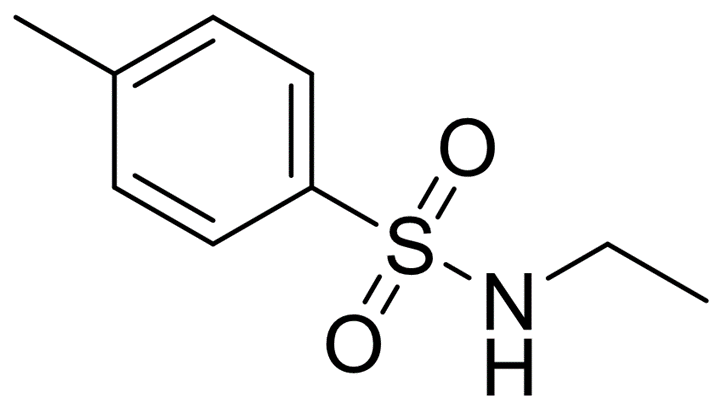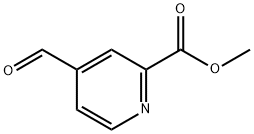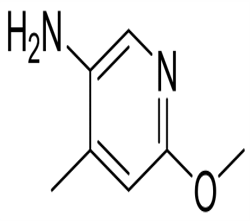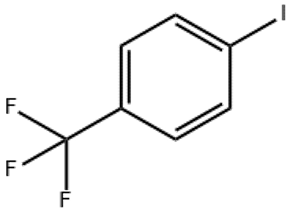Tetrapropyl ammonium chloride(CAS# 5810-42-4)
| Hazard Symbols | Xi – Irritant |
| Risk Codes | 36/37/38 – Irritating to eyes, respiratory system and skin. |
| Safety Description | S26 – In case of contact with eyes, rinse immediately with plenty of water and seek medical advice. S36 – Wear suitable protective clothing. S37/39 – Wear suitable gloves and eye/face protection |
| WGK Germany | 3 |
| FLUKA BRAND F CODES | 3 |
| TSCA | Yes |
| HS Code | 29239000 |
Introduction
Tetrapropylammonium chloride is a colorless crystal. It has the following properties:
It has the characteristics of an ionic compound, and when dissolved in water, it is able to produce tetrapropylammonium ions and chloride ions.
Tetrapropylammonium chloride is a weakly alkaline substance that has a weak alkaline reaction in aqueous solution.
Use:
Tetrapropylammonium chloride is mainly used in the field of organic synthesis as a catalyst, coordination reagent and flame retardant.
Tetrapropylammonium chloride can be obtained by the reaction of acetone and tripropylamine, and the reaction process needs to be matched with appropriate solvents and catalysts.
In terms of safety, tetrapropylammonium chloride is an organic salt compound, which is relatively stable and safe in general. However, there are still the following things to be aware of:
Exposure to tetrapropylammonium chloride may cause irritation to the eyes and skin, and should be rinsed with plenty of water after exposure.
Avoid inhaling tetrapropylammonium chloride gases and dust, and wear personal protective equipment such as protective masks and gloves.
Try to avoid long-term or large exposure to tetrapropylammonium chloride and avoid its ingestion and misuse.
When using or storing tetrapropylammonium chloride, care should be taken to avoid fire and heat sources, keep ventilation, and store in a dry and clean place.


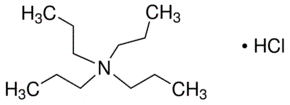

![[3-(4-BROMO-PHENYL)-ISOXAZOL-5-YL]-METHANOL(CAS#206055-91-6)](https://www.xinchem.com/uploads/METHANOL.png)
